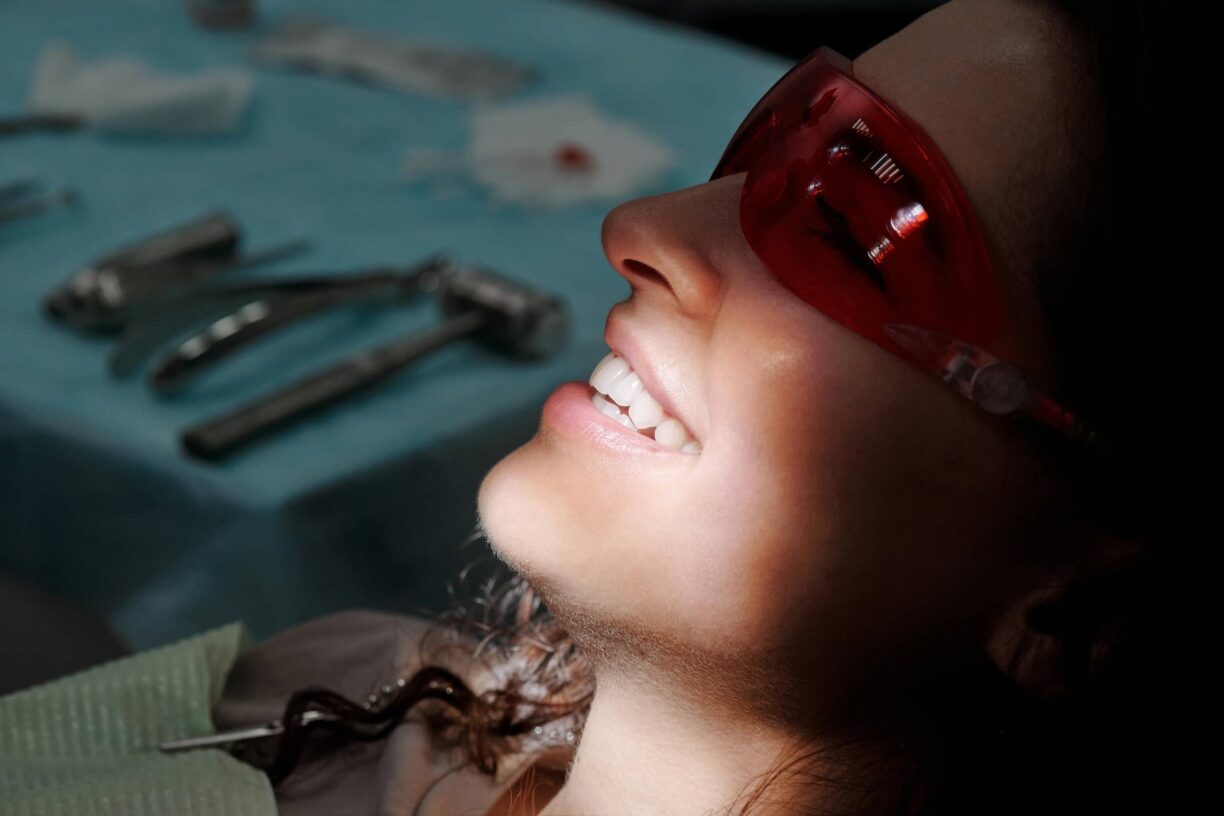In the world of medicine, where waiting lists for surgery often seem longer than a Scottish winter, a beacon of hope is flickering on the horizon.
And no, it’s not another round of endless paperwork or an understaffed hospital; it’s something far more futuristic—Artificial Intelligence.
Now, before you start imagining robots wielding scalpels, let’s clarify: this AI isn’t about to take over your surgery, but it might just get you on the table a heck of a lot faster.
The study is published in the Bone and Joint Journal.
Straight out of the University of Aberdeen, this new AI tool is all about speed and accuracy, two things often lacking in the current healthcare system.
The brainchild of Dr. Luke Farrow and his team, this bit of wizardry uses X-rays to suss out which patients are prime candidates for hip replacement surgery.
Think of it as a digital sorting hat, but instead of sending you to Gryffindor, it’s getting you that long-overdue hip replacement.
“We identified that the radiologist’s summary of x-ray findings can be successfully used to help predict which patients referred for consideration of hip replacement will go on to have surgery,” said Dr. Farrow, the man leading the charge on this.
“This is the first comprehensive study to confirm the potential of Artificial Intelligence in this field.”
The implications here are massive. With waiting lists currently as overstuffed as a holiday feast, this tech could potentially slim them down to size.
We’re talking about a system that could, in theory, take a patient from the waiting room to the operating room faster than you can say, “Where’s the anesthesiologist?”
By automating the initial review of X-rays, this AI could cut costs, boost efficiency, and—here’s the big one—get patients seen by the right doctor at the right time.
Dr. Farrow added, “Using this AI tool in clinical practice would allow for rapid automated review of many patients which would likely significantly improve efficiency and reduce associated costs – this could change the lives of thousands of patients who have been waiting for years to reach the top of surgical lists.”
Now, before you start popping the champagne (or in Aberdeen, probably something a bit stronger), there’s a hitch.
It turns out this AI isn’t quite the all-purpose solution just yet. When tested on radiology reports from different healthcare settings, its accuracy took a nosedive, indicating it needs a bit more fine-tuning—like a student who excels in one subject but struggles in another.
The algorithm needs further training to adapt to a broader range of populations and settings.
“The effectiveness of the developed AI algorithm deteriorated significantly when faced with radiology reports from a different healthcare setting, indicating a need for further training on a wider, more diverse population,” Dr. Farrow pointed out.
So in other words, it’s not time to hand over the stethoscope to the machines just yet.
Meet Steven Lewis, a 52-year-old trail runner from Aberdeenshire, who knows all too well the agony of waiting for surgery.
What started as a slight pain in his hip while galloping over the hills turned into a full-blown nightmare.
“The pain was having a huge impact on my life – I missed running of course, but more than that – I couldn’t get any relief from it – even when I was trying to sleep,” he lamented.
And with the waiting lists what they are, Steven was facing an uphill battle, much steeper than any trail he’d ever run.
Luckily for Steven, he’s got private healthcare options, but not everyone is as fortunate. For the masses relying on the NHS, this AI tool could be a game-changer.
“Data-enabled decision-making to support humans is now at the forefront of technology and has huge potential across many industries,” Steven commented, proving he’s as savvy off the trails as he is on them.
“If it can be used to help patients receive a swifter diagnosis and remedial surgery where required, it can only be seen as a positive.”
The AI tool’s potential is undeniable, and with further development, it might just revolutionize how surgeries are scheduled in the NHS.
While it’s not ready to be rolled out everywhere just yet, the hope is that this technology will be available in the next few years, bringing with it the promise of shorter waiting lists and, dare we say, happier patients.
So, can AI cut surgical waiting lists? If Aberdeen’s tech continues on its current trajectory, the answer could soon be a resounding “Yes.”





